Sleep, stress out, have sex? What Fort Worth zoo animals may do during total solar eclipse
Apparently during a total solar eclipse, zoo animals either think it’s time for bed, time to freak out or time to seek out a little love.
The first two responses seem logical enough while the third, to have sex, is totally random, according to Adam Hartstone-Rose, professor of Biological Sciences at North Carolina State University. These were the behaviors that Harststone and his team of observers noticed at Riverside Zoo in Columbia, South Carolina, during the 2017 total solar eclipse.
Funny thing was he really didn’t think much of the hypotheses.
“Because so many people were interested, I stationed 40 trained researchers all over the zoo, observing 17 animals, and I was completely wrong,” Hartstone-Rose told the Star-Telegram. “It was awesome. The Eclipse itself was amazing and animals did really interesting things.”
Hartstone-Rose will get a chance to confirm his team’s findings in a few days when a total solar eclipse will darken the skies over the Fort Worth Zoo on April 8. The good professor has drafted scores of observers who will fan out across pens and aviaries to confirm what his 2017 team had found seven years earlier. The scientists will have 2 minutes and 34 seconds of a darkened sky to jot down what they see.
⚡ More trending stories:
→ There’s no ‘better place’ to see April 8 total solar eclipse than in this tiny Texas town.
→ How a six-pack of beer, $100 got rescuers to pull pig out of thorns.
→When do tornadoes occur the most in Dallas-Fort Worth?
Circadian rythmns (primates), anxiety (giraffes), and sexual arousal (tortoises) were the most common behaviors observed in the zoo animals in 2017, Harstone-Rose said.
Disruption of an animal’s circadian rythmn makes sense, some animals thought their bedtime routine began due to the dimming sky. Anxiety induced responses are most likely from animals picking up on human vibes and people’s own peculiar behavior during the event. Sexual response was a random and totally unexpected reaction. Hartstone-Rose hopes to confirm the observations while in North Texas.
Hartstone-Rose and Fort Worth zookeepers have a few hypotheses in mind — mostly drawn from the 2017 research. They will identify new species to watch this go-round.
“If there is any reaction from the animals, we suspect they will be mostly related to their nighttime routines — beginning to bed down for the night, walking to their barns and wait to be let in, begin looking for supper. There may be an increase in vocalizations, once again signaling the start of their nighttime routine,” Avery Elander, Fort Worth Zoo’s director of makreting told the Star Telegram. “We will have keepers standing by keeping watch on all of the animals in their habitats. Should any of them exhibit signs of confusion, we will allow them access into their barns for safety/comfort.”
However, one need not be a zoologist to take part in the experiment. A group, Solar Eclipse Safari, of which Hartstone-Rose is a member, is encouraing everyone to record animal behaviors around them and send their observations to the team. All it takes is filling out a simple form to become a solar eclipse ambassador.
The group is seeking data on pets or animals outside including squirrels, birds, coyotes, lizards and insects.
But if you’re going to the Fort Worth Zoo on April 8, here is what you might observe.
Here’s how zoo animals behaved during the 2017 total solar eclipse
Hartstone-Rose and his team observed 17 different species at the South Carolina zoo — including primates, mammals, a few birds and two reptile species. Three quarters of the animals had notable responses, and the most common being the disruption of their circadian rythmns as the animals thought it was time for bed. These responses is hypothesized to be seen again on April 8.
A few notable observations:
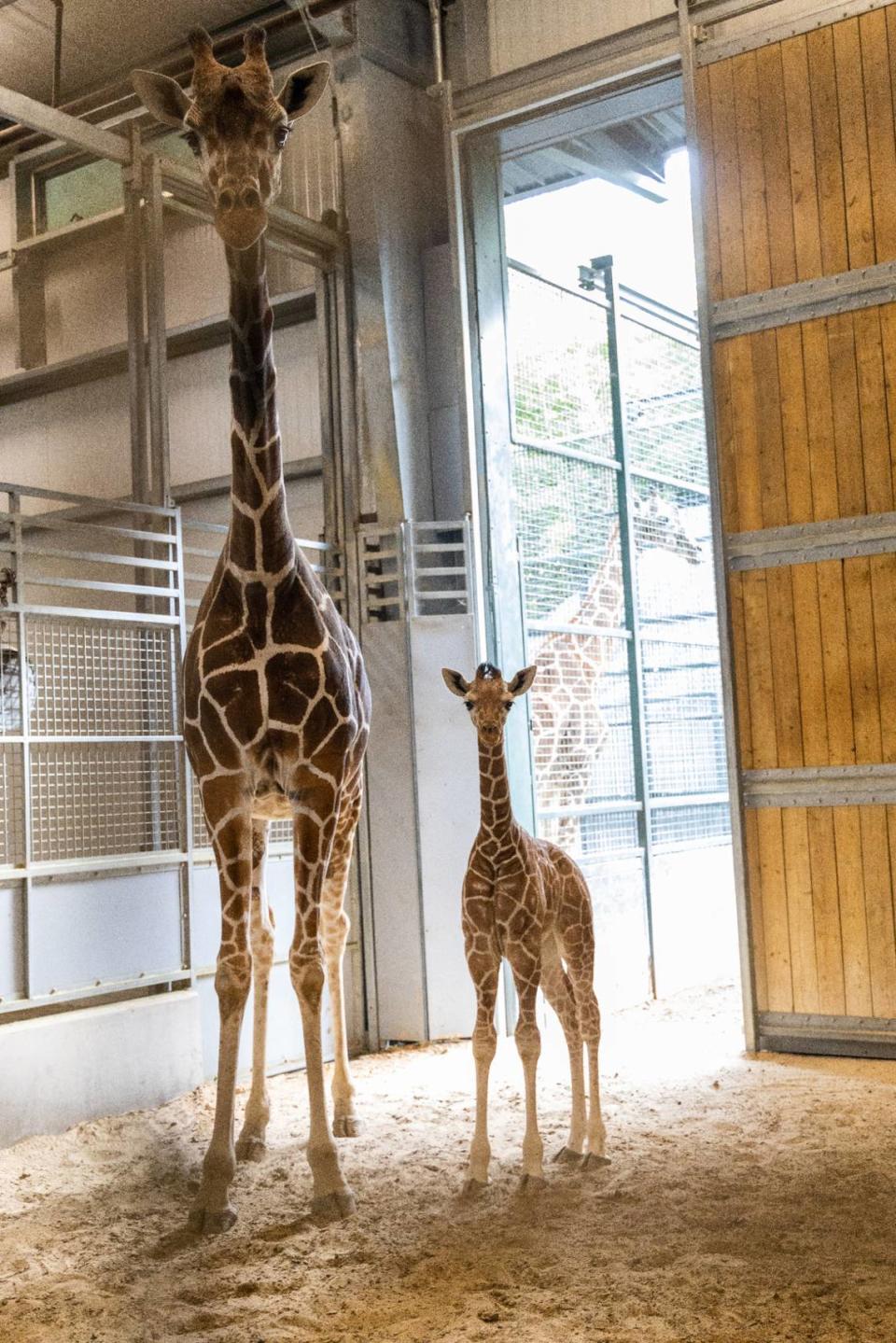
Reticulated Giraffes:
Experienced anxiety
Ran around enclosure clearly stressed
Fort Worth also has giraffes.
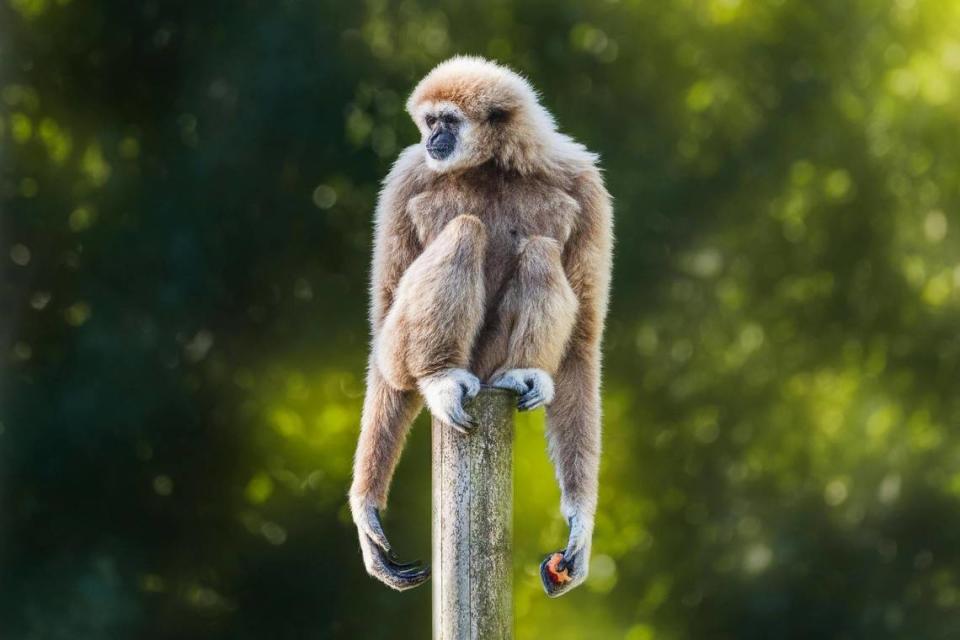
Siamang Gibbons:
Seemed distressed.
Pattern of vocalization that was notable and different during the eclipse.
Fort Worth zoo has a different species of gibbon, the white cheeked gibbon, allowing for Hartstone-Rose and his team of volunteers to compare data from another group.
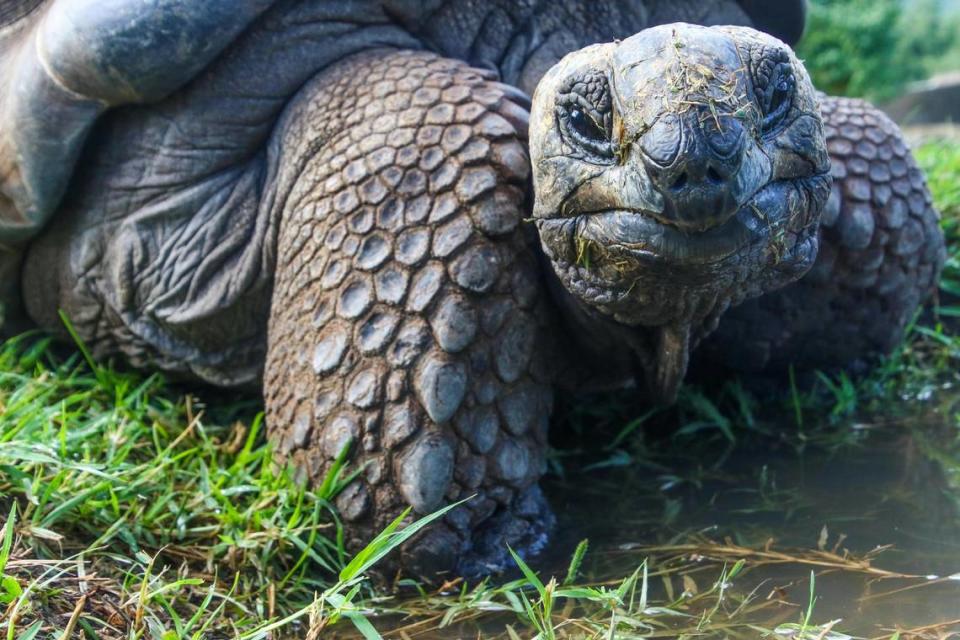
Galapagos Tortoise:
Sexual arousal.
Started mating as eclipse began.
Could be a sheer coincidence or a result of the changes in the sky.
Fort Worth zoo has Aldabra tortoises.
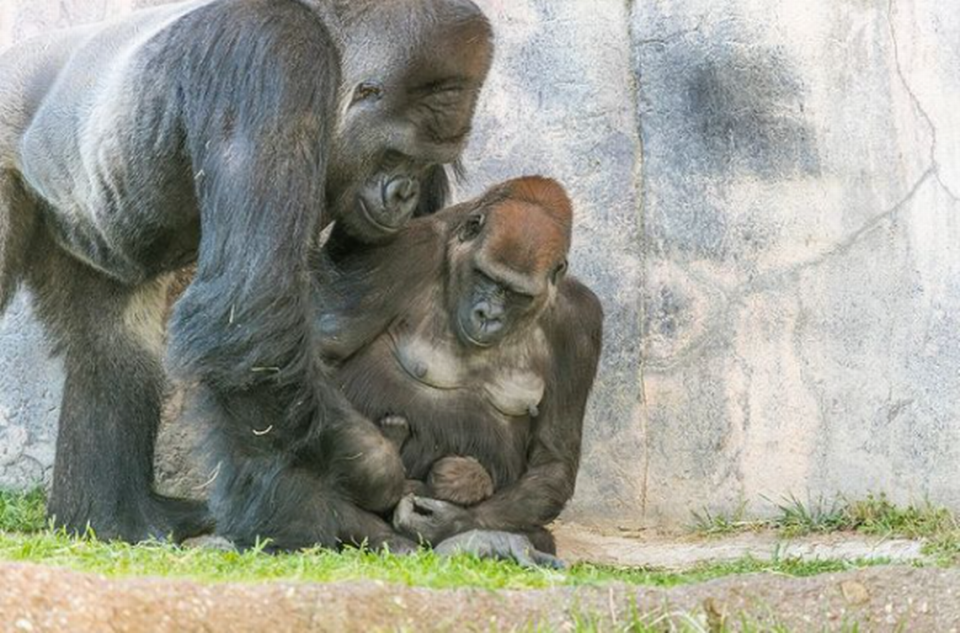
Western Lowland Gorillas:
Circadian response.
Approached the den enclosure thinking it was time to go to bed.
Males became more aggressive.
Fort Worth Zoo has the same species.
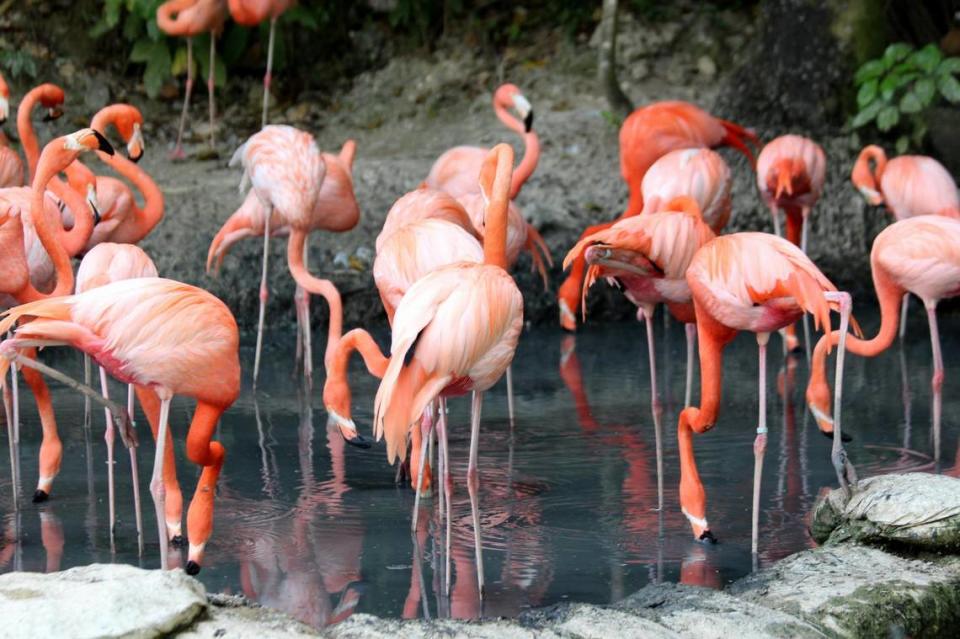
American Flamingos:
Also seemed distressed.
Formed huddles around the flaminglets of the flamboyance.
Vocalization patterns that were unfamiliar.
Fort Worth Zoo has Caribbean flamingos and Lesser flamingos, two different species.
Hartstone-Rose is struck by the diversity of monkey species in Fort Worth to observe, including bonobo, orangutan, pygmy chimpanzees, and the new species of gibbons.
Fort Worth Zoo will hand out glasses for all guests. They will also have pen and papers readily available for spectators to record observations in support of Hartstone-Rose’s study.

